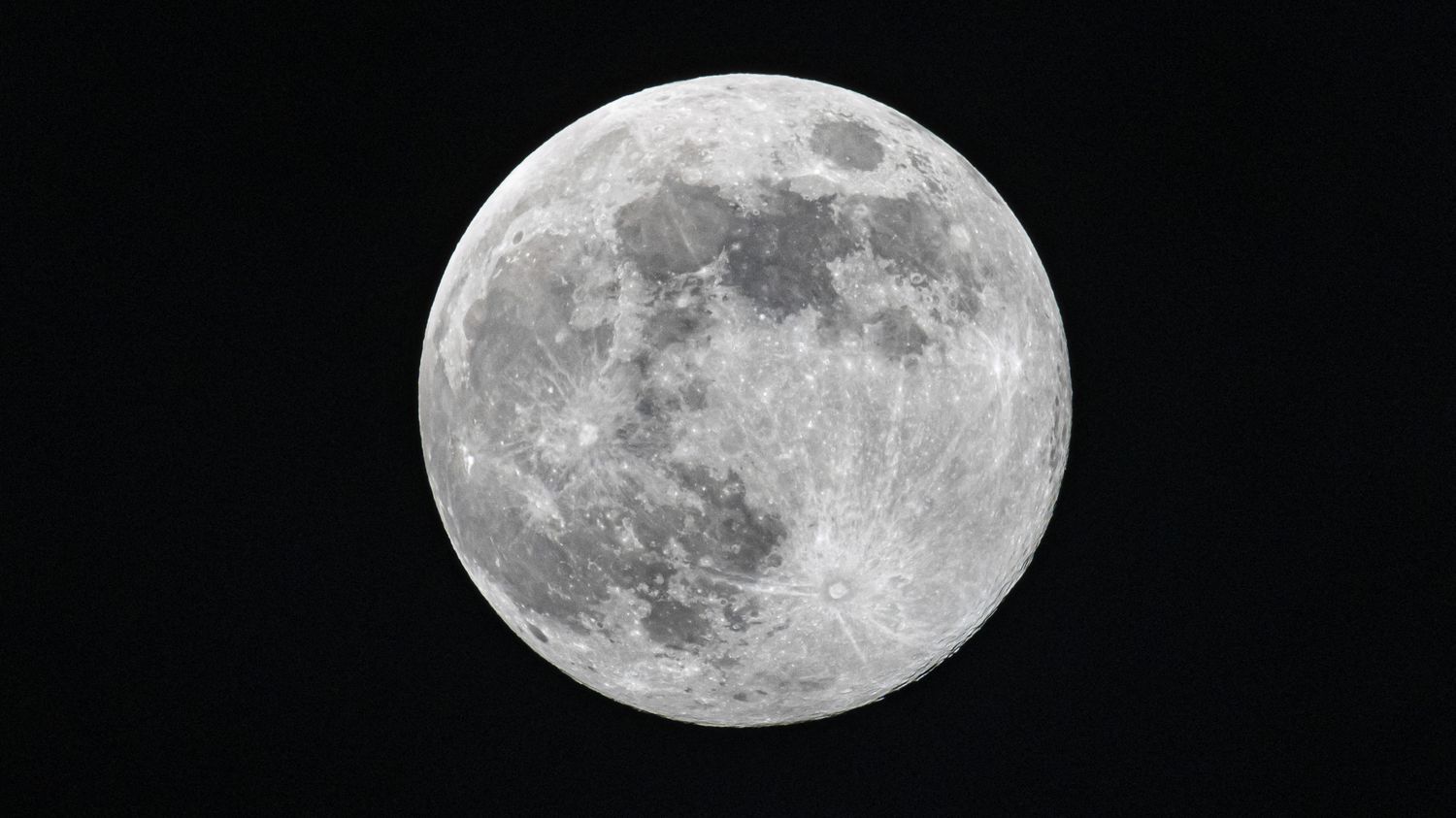The robot from the American company Intuitive Machines is due to arrive on lunar soil on Thursday. An attempt which comes after several failures in recent months.
Missions to the Moon continue. The American company Intuitive Machines will attempt, Thursday, February 22, to land its Nova-C lander on the Earth’s natural satellite. The machine, which carries six scientific instruments for NASA, must land at the South Pole. A success would be an important step for the United States: it would be the first American device on the Moon since the end of the Apollo program in 1972. Especially since Intuitive Machines is involved in the ambitious Artemis program, launched by the American Space Agency, which aims to return humans to the Moon in a sustainable manner.
In recent months, Japanese, Russian and American missions have failed to land on the Moon. The Japanese space agency, Jaxa, experienced a semi-success (or a semi-failure) in January: it managed to land its Slim lander, entering the very exclusive club of countries having achieved such a feat (with the United States, the Soviet Union, China and India). Except that Slim is upside down, his batteries are almost empty and he has gone to sleep. “Landing on the Moon is an extremely difficult challenge”reacted a leader of the Japanese Institute of Space and Astronautical Sciences. “We are fully aware of the immense challenges ahead”, declared Steve Altemus, CEO of Intuitive Machines. Franceinfo details why it is so complicated to land on the Moon.
Because the Moon has no atmosphere
“The Earth is big. To escape, you need a lot of speed: 11.2 km/s [soit 40 320 km/h]. You arrive on the Moon going very quickly”, explains planetologist Sylvestre Maurice, professor at the University of Toulouse. To land gently, you need to achieve zero or almost zero speed. Except that on the Moon, there is no atmosphere. It is therefore not possible to deploy parachutes to slow down, as is the case on Earth.

Arriving on the Moon, “the only way to slow down is to counter-thrust, that is to say, to turn on the engines to create what we call a ‘specific impulse'”explains Sylvestre Maurice, who worked on missions targeting the Moon and Mars. “This thrust must be measured perfectly to control the descent and control the speed”, he insists. Which is very difficult because everything is automated and extreme finesse is required.
Because there is no geolocation system
Although probes have made it possible to map the Moon quite precisely, it is difficult to get your bearings properly once you are there. When a device arrives there, it cannot rely, as is the case on Earth, on a satellite geolocation system such as GPS or Galileo to know very precisely where it is located. Each device must “try to acquire data, take images, and make correlations with the knowledge he may have to find his way”explains Jean Blouvac, head of exploration and manned flight programs at the National Center for Space Studies (Cnes).
The absence of a geolocation system around the Moon is not inevitable. “This may change in the future as humanity begins to build infrastructure for permanent human settlement on the Moon, but for now, a network of lunar GPS and radar stations is still far from becoming a reality”, wrote the American company Astrobotic in a long press release in December 2023, before the failure of its Peregrine mission. In the meantime, we must do without and deal with uncertainties.
And they are important. On Earth, the precision with the European Galileo system is of the order of a meter. By placing the Slim module on the surface of the Moon, the Japanese initially set themselves a precision margin of around a hundred meters. They finally hit their landing point with a margin of error of 55 meters, which is better than expected and already remarkable, according to the experts interviewed by franceinfo.

However, the precision of the arrival location is crucial because the Moon is not entirely flat and smooth. It has reliefs, craters, rocks, slopes, which can complicate the arrival of a device on its surface. Without being extreme, “the terrain is not super easy”comments Sylvestre Maurice.
During the descent, determining the altitude accurately is also essential. This is why the devices carry radars which must continuously deliver the finest information possible. Is the surface at 15 or 18 m, then 7 or 10 m, etc.? ? An inaccuracy of 3 m, for example, can be fatal for the device, notes Sylvestre Maurice, emphasizing that the vessel is only allowed one attempt.
Because piloting is done at (very great) distance
On the scale of the universe, the galaxy or even the solar system, the Moon is next door. However, it is some 384,000 km from Earth.
“The Moon is not very far away. But it is not possible to pilot in real time: there is a delay of a little more than a second.”
Sylvestre Maurice, planetologistat franceinfo
One second of latency? This period of time may seem short but it turns out to be immense at high speed and during a moon landing. The final stage of the descent is therefore automated. “These phases generally begin about a hundred kilometers from the surface of the Moon, what we call low lunar orbit”, explains Jean Blouvac. During this phase, “the systems will use a radar signal to know the relative altitude and give instructions so as to adapt the speed at the very last moment to touch it”, summarizes Jean Blouvac. Added to all this is the fact that the Moon presents local anomalies in the gravity field in places, he notes. “Additional complexities”, breathes the head of Cnes. In total, for the moment, approximately one in two lunar missions ends in a crash.
